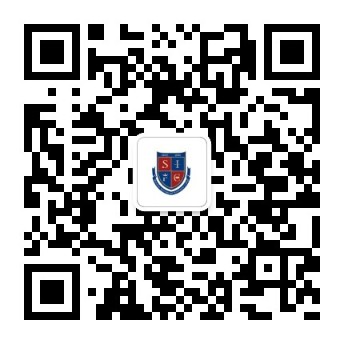We Code with Joy

Programming Club Tutor:Dr. Brian
SIFC's first programming club begun this year. The curriculum concept is based on the theory of Coding, which takes student-centered classroom activity, group discussion, design and making, practice and self-reflection as the teaching focus.
In this semester, students have accessed the basic elements of coding:
Algorithms, Variables, Conditionals, Loops, Logics, and Binary.
Well-designed classroom activities allow students to learn the relevant content during “games”.
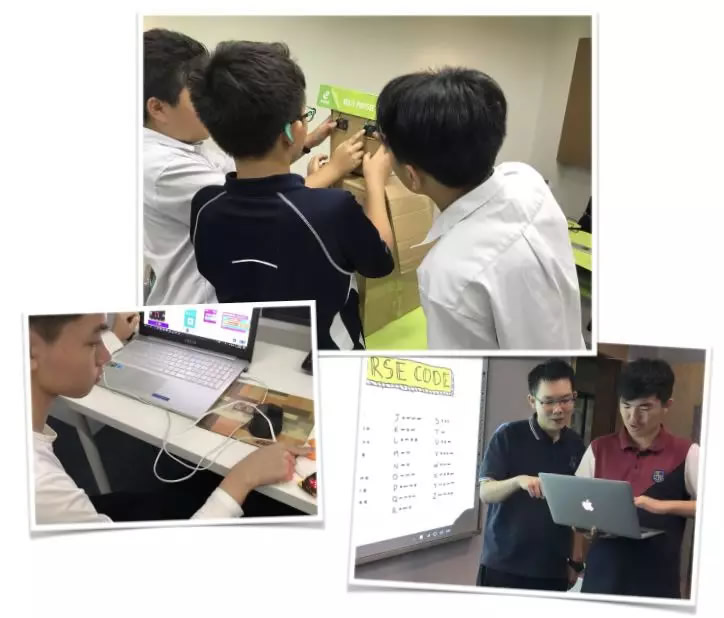
There was an impressive classroom activity when students were learning an important element of the coding "conditionals" (if...else...). Before the game, each student independently generated ideas and designed 2-3 “conditionals” cards: When the “conditionals” were established, the game participants could take a certain number of steps. After 10 minutes of "unplugged", the instructor collected all the students' "conditionals" cards, and all the students stood up at the starting line. In the game, the instructor randomly selected the “Conditionals” card, and the students listened carefully to determine whether they can move forward. "I win!" Nelson, the eighth grader, cheered! I am very happy to see that students “learn” and “apply” knowledge in a fun atmosphere.
▲ Students use Micro:bit to make cool animation, and play with tones through touching
Programming is not the focus of every single class, but it is the link of class activities. The purpose of programming is to accomplish a task, achieve a goal, and solve a problem. Therefore, it plays the role of a tool.
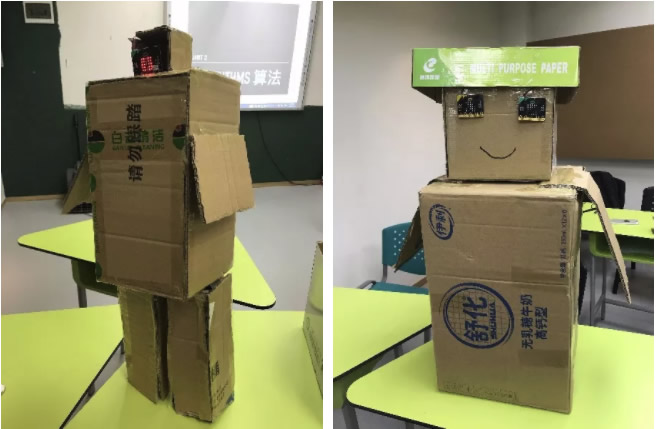
I clearly remember that the first class activity was to design and make a Micro:bit Pet in small groups. Students had just learnt about Micro:bit basic functions and physical components, as well as understanding its programming platform. As a facilitator, I want my students to put what they have learned into practice from the very beginning. It doesn't matter if they are unfamiliar with hardware and software. Although students' work is immature technically and there is still a lack of unique ideas and novelty in style, students can explore, develop and learn from each other during the process.
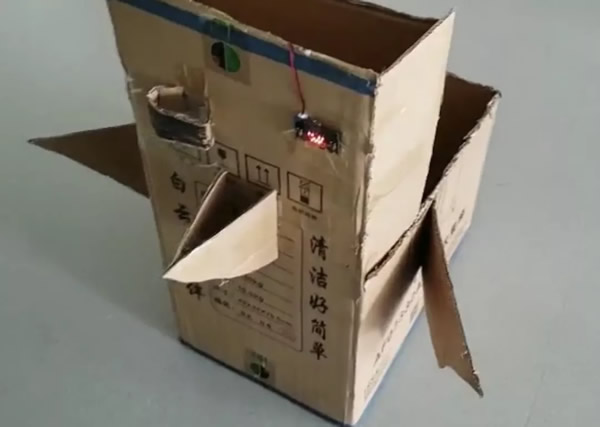
After ten classes, students show their strengths in different activities in the club and gain experience in developing their abilities.
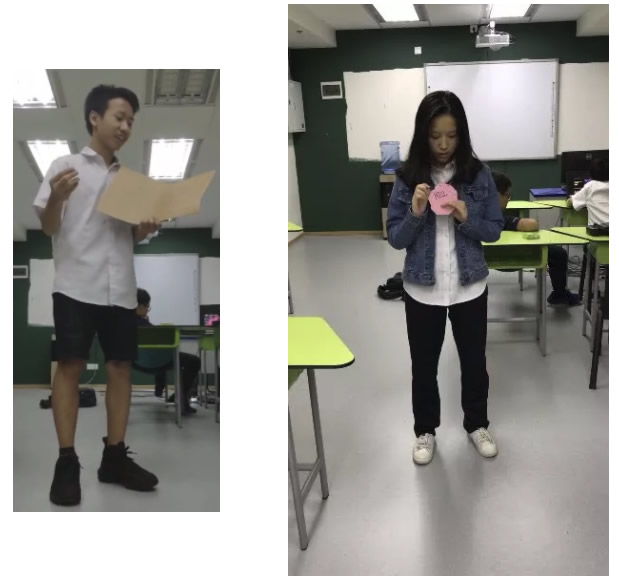
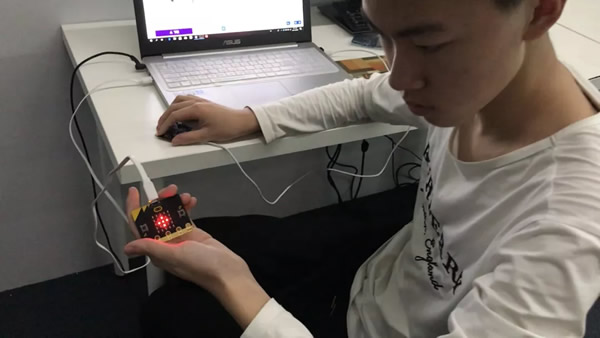
Bob from Grade 12 has a solid foundation and he is also very humorous. Allen from the eighth grade has great programming potential and creative ideas. He is often the first to complete the task. Joseph from grade ten has a unique programming style. His ideas are meticulous. Mason from grade ten is very focused when programming, and the board games he designed are amazing.

I hope that every member of the club will continue to learn and grow in the following activities.
